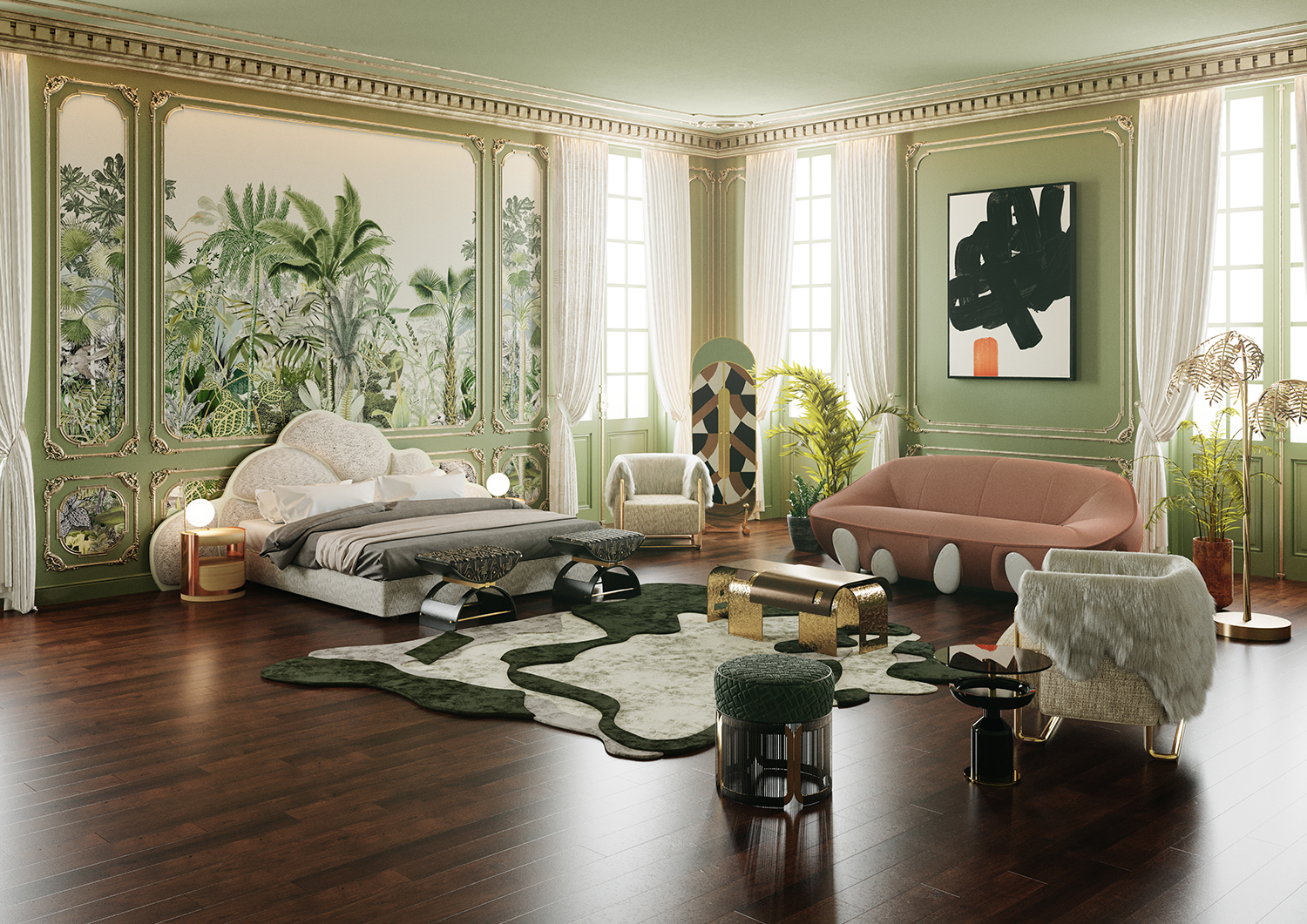Choose an innovative Architecture Firm for cutting-edge and creative designs.
Choose an innovative Architecture Firm for cutting-edge and creative designs.
Blog Article
Transform Your Home With Crucial Principles of Inside Layout and Visual Appeals
By comprehending the impact of shade theory and the importance of structure and patterns, one can create spaces that are not only visually appealing but additionally deeply individual. Achieving this stability entails even more than plain design; it includes a calculated setup and an eager understanding of how each aspect interacts within an area.
Understanding Shade Theory
Comprehending the concepts of color theory enables designers to develop areas that resonate psychologically with occupants while meeting functional requirements. Each category plays a crucial role in developing harmony within a space.
The mental influence of colors is profound; cozy colors such as reds and oranges stimulate power and warmth, while amazing tones like blues and greens promote peace and harmony. The usage of complementary colors enhances visual interest, developing striking contrasts that can elevate an area's appeal.
Neutral colors, on the various other hand, serve as a functional backdrop, allowing other design components to shine. It is vital to take into consideration factors such as lighting and the room's purpose when selecting a shade palette, as these can alter the understanding of shades throughout the day.
Inevitably, a well-considered color pattern can change an area, fostering a sense of convenience and design that lines up with the occupants' choices. Proficiency of shade theory is, consequently, an essential ability for any indoor designer intending to develop unified and inviting settings.
Accomplishing Equilibrium in Design
How can designers accomplish a sense of stability in their rooms? Attaining balance in style is essential to developing unified insides. Developers can utilize 3 primary sorts of equilibrium: balanced, unbalanced, and radial. Balanced equilibrium entails organizing elements equally around a central point, fostering a feeling of order and peace. This type typically features pairs of furniture or art work, improving aesthetic stability.
Unbalanced equilibrium, on the other hand, counts on differing elements that still attain a cohesive look. This method enables more dynamic and informal arrangements, giving rate of interest while maintaining equilibrium. By very carefully choosing differing dimensions, colors, and textures, developers can develop a visually compelling area that really feels well balanced yet energetic.
Radial equilibrium stresses a main centerpiece with aspects radiating exterior. This style is frequently seen in circular formats, where furniture and decor develop a natural border that draws the eye inward.
Eventually, attaining balance requires thoughtful factor to consider of range, proportion, and the connections in between elements. luxury interior design. By masterfully using these balance principles, developers can change rooms right into settings that feel both cosmetically pleasing and functionally unified, improving the general experience for occupants
Importance of Spatial Recognition

An eager feeling of spatial recognition enables developers to determine centerpieces within a space, assisting the viewer's attention to essential attributes while preserving a general sense of unity. It additionally assists in the calculated positioning of lights, which can considerably influence the assumption of area and state of mind. Recognizing spatial partnerships makes it possible for the developer to cater to the specific demands of inhabitants, useful content making certain that each location serves its designated function without jeopardizing appearances.
Eventually, spatial understanding is critical for maximizing the capacity of any kind of indoor space. By thoroughly thinking about the interplay in between dimensions, layout, and feature, designers can create environments that not only fulfill useful requirements however likewise stimulate a feeling of comfort and charm, boosting the general living experience.
Including Texture and Patterns
Embracing a varied series of textures and patterns can considerably boost the aesthetic and responsive appeal of an interior space. The calculated use of different materials-- such as timber, steel, textile, and stone-- produces depth and rate of interest, making an area feel a lot more inviting and dynamic. As an example, combining smooth surfaces with harsh textures can develop a balance that attracts the eye and involves the senses.
When integrating patterns, take into consideration both right here range and repetition. Big patterns can serve as focal points, while smaller sized, refined layouts can enhance various other components without overwhelming the area. Layering patterns, such as pairing floral pillows with striped tosses, adds complexity and a sense of harmony if performed attentively.
It is likewise crucial to keep a cohesive shade palette, guaranteeing that appearances and patterns interact as opposed to contend for attention. By selecting a few crucial textures and patterns, you can create a combined visual that shows your individual style while enhancing the general atmosphere of the room. Eventually, the mindful unification of these aspects can change a mundane room right into an innovative atmosphere rich with personality and heat.
Customizing Your Space
Producing a space that shows your personality is essential to attaining a truly welcoming environment. Customization in interior style allows you to infuse your unique style and interests right into your home, transforming it from a plain shelter into a haven that talks with that you are. Begin by choosing a color palette that resonates with your emotions-- vibrant hues can stimulate, while soft tones offer tranquility.
Incorporate art work and decoration that mirror your enthusiasms, whether it be travel, check here nature, or abstract principles. Displaying personal collections, such as books, photographs, or keepsakes, can stimulate cherished memories and create focal points within a room. In addition, consider personalizing practical pieces, like upholstered furniture, to line up with your visual preferences.

Verdict
In final thought, the makeover of a home with the important concepts of interior decoration and appearance necessitates a thorough understanding of shade concept, balance, spatial recognition, structure, and customization. Each aspect contributes substantially to producing a harmonious and practical living setting - Architecture Firm. By thoughtfully incorporating these principles, people can improve the visual appeal and emotional vibration of their rooms, eventually fostering a home that shows distinct identities while providing convenience and functionality
Report this page